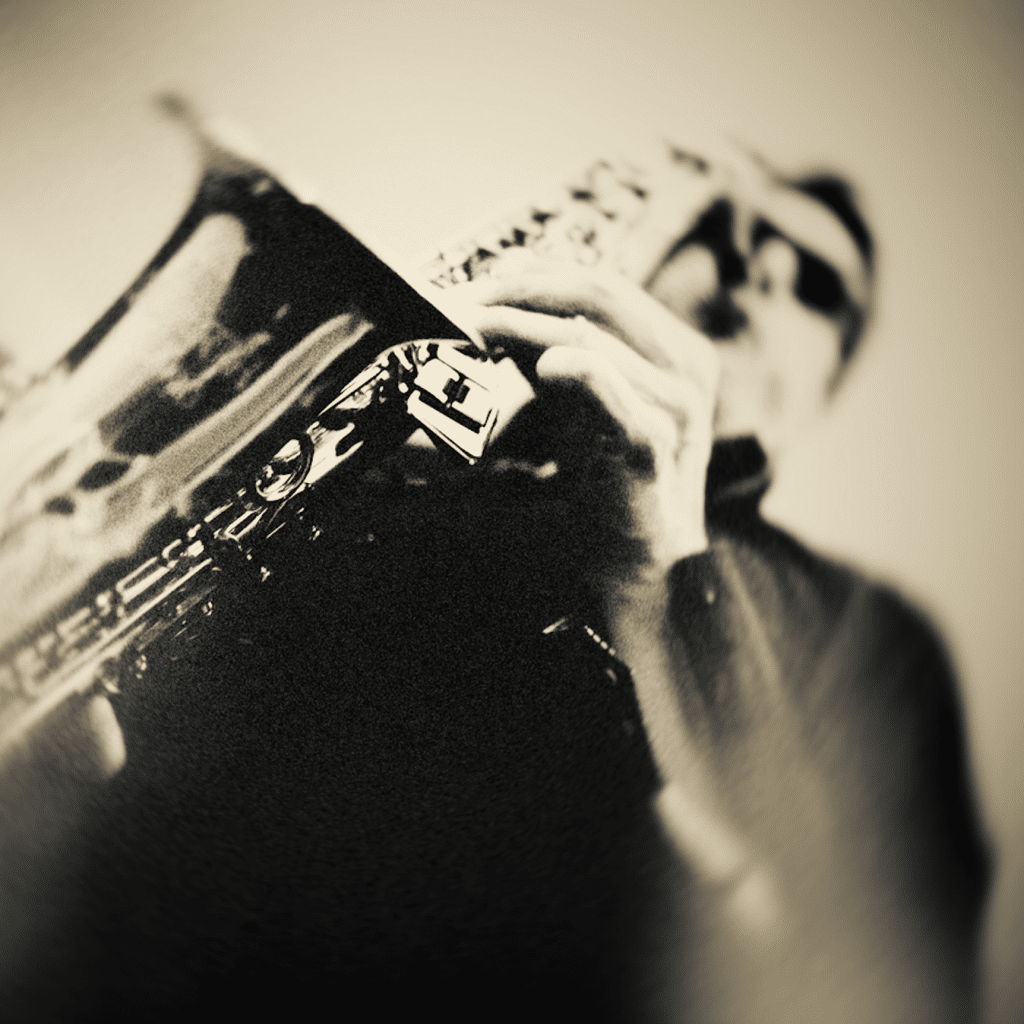It's that time of year. Most of us want to improve our habits, our health, and our lives! We make big resolutions and set lofty set goals. Yay, us!
Unfortunately, according to US News, 80% of us give up or "fail" by the second week in February. Yikes.
For some people, traditional goal-setting means creating an incredibly detailed excel spreadsheet. "Without a plan, you plan to fail", right?
Planning is fantastic... paralysis by analysis, not so great. When your spreadsheet is overwhelming, it might time to try a different approach.
Social scientist Scott Sonenshein wrote a book called “Stretch - Unlock the Power of Less and Achieve More Than You Ever Imagined”. Although the majority of the book focused on the 2 very different ways people approach resources, one concept really stood out for me - his suggestion to:
PLAN BACKWARD
He used music metaphors to describe two very different ways of thinking about work and life:
- Symphonic music requires planning before acting. Everything must be worked out in advance. If there’s no plan, there’s no music.
- Jazz is at the opposite end of the spectrum. With Jazz, the “plan” is replaced with improvisation. Once the music begins, the musicians can focus on observing and learning rather than worry about whether or not they’re following a plan.
Sonenshein suggests that you work toward a goal without making a plan first, much like Jazz musicians. Keep a journal of what you did, but only after you’ve done it. When it's complete, this journal will contain a list of actions (and potentially some big accomplishments).
Things you'll ask yourself after you've completed your backward-looking plan:
- What new things did you learn?
- Did you miss out on anything by not planning in advance?
- Did you act faster?
- Were you less stressed?
- Did you have more fun?
- Did you surprise yourself with what you were able to accomplish?
Backward-planning goes against what most of us (myself included) believe about “goal setting”. It’s completely different than “set a goal and work backward”, which is the norm for strength training (and extremely effective). But... there's no one-size-fits-all when it comes to goal setting.


